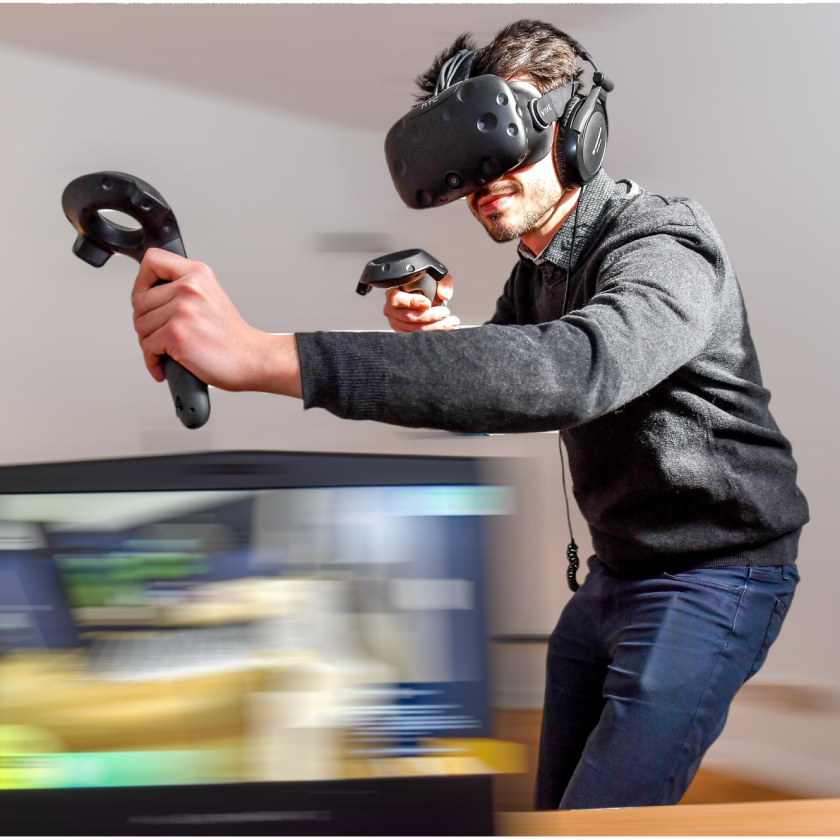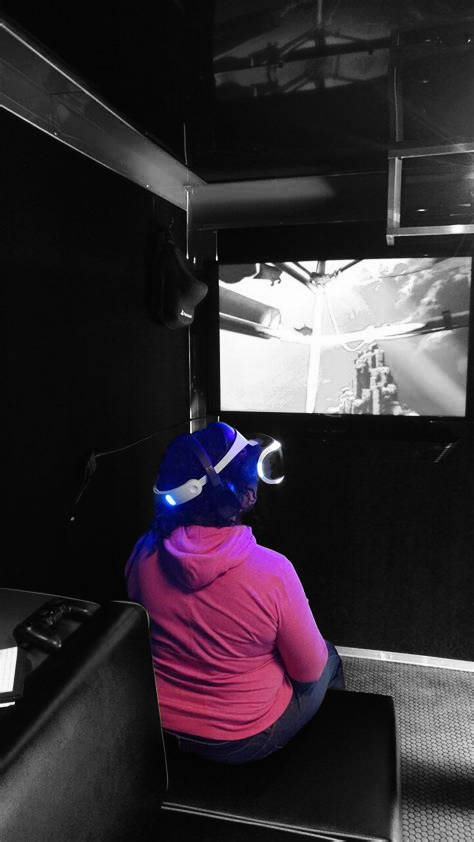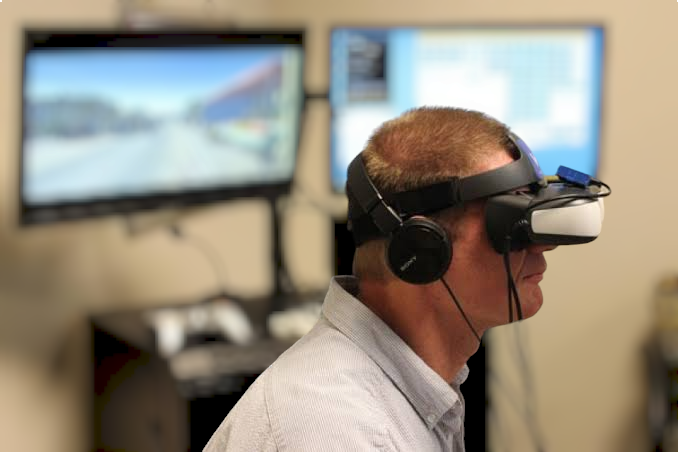Certainly! Let’s delve into the fascinating history of virtual reality (VR) beyond gaming:
Stereoscopic Images (1800s):
Stereoscopic images, which create a 3D effect by presenting slightly different views to each eye, laid the groundwork for VR. In 1838, Charles Wheatstone’s research demonstrated how the brain processes these two-dimensional images into a single 3D object.
View-Master (1939):
The View-Master, a stereoscopic visual simulator, was introduced in 1939. It allowed users to view 3D images through a handheld device.
Science Fiction References:
The term “virtual reality” first appeared in science fiction, such as Damien Broderick’s 1982 novel “The Judas Mandala.”These early concepts influenced the development of modern VR.
The Sword of Damocles (1968):
Ivan Sutherland created the first head-mounted augmented reality display, known as “The Sword of Damocles.” It laid the foundation for today’s VR devices.
Advancements in Computer Technology (1980s-1990s):
Improved computer technology and human-computer interaction led to the evolution of modern VR. Affordable displays and hardware further fueled VR’s resurgence.
Let’s dive deeper into virtual reality (VR) beyond gaming:
Entertainment:
Cinematic Experiences: VR allows users to watch movies and videos in immersive environments. Imagine sitting in a virtual theater with a giant screen, enjoying your favorite film.

Live Events: Sporting events, concerts, and theater performances can be experienced virtually. Companies like NextVR have live-streamed NBA games and music concerts in VR, giving fans a front-row seat from the comfort of their homes.
Theme Park Rides: Some theme parks incorporate VR into their rides. For instance, roller coasters equipped with VR headsets create thrilling, interactive experiences by overlaying digital worlds onto the physical ride.
Education and Training: Medical Training: Medical students can practice surgeries in a risk-free VR environment. Companies like Osso VR provide realistic simulations for surgical training.
Flight Simulators: Pilots and astronauts use VR simulators to train for complex scenarios. These simulations replicate cockpit controls and flight physics.
Archaeological Exploration: VR allows users to explore ancient ruins or historical sites virtually. Imagine walking through the pyramids of Egypt or exploring ancient Rome without leaving your room.

Therapeutic Applications:
Pain Management: VR distracts patients from pain during medical procedures. It transports them to calming environments, reducing anxiety and discomfort.
Phobia Treatment: Exposure therapy using VR helps individuals overcome fears. For example, someone with a fear of heights can gradually face virtual heights in a controlled setting.
PTSD Treatment: Veterans and trauma survivors benefit from VR-based exposure therapy to process traumatic memories.

Architectural Visualization and Design:
Virtual Walkthroughs: Architects and real estate developers use VR to showcase designs. Clients can virtually explore buildings, apartments, and landscapes before construction begins.
Interior Design: VR allows homeowners to visualize furniture placement, wall colors, and decor in a 3D model of their space.
Urban Planning: City planners use VR to simulate urban development scenarios, assessing traffic flow, green spaces, and infrastructure.
Social Interaction:
Virtual Social Spaces: Platforms like VRChat and AltspaceVR create virtual hangouts where users can chat, play games, and attend events as avatars.
Long-Distance Relationships: VR enables couples to spend time together in shared virtual environments, even when physically apart.
Business Meetings: Remote teams can hold virtual meetings in VR boardrooms, enhancing collaboration and engagement.


